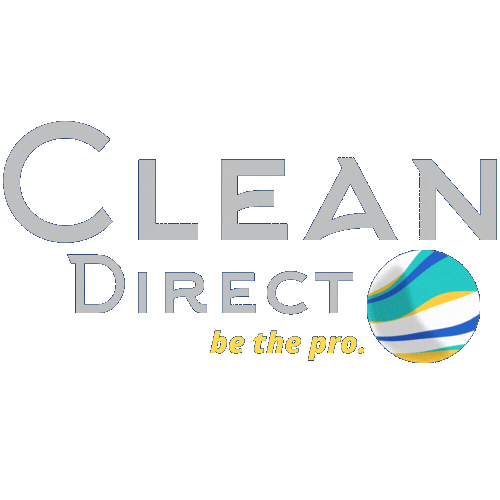Ah, water softeners—a window cleaner’s unsung hero. They work behind the scenes, ensuring your pure water systems produce streak-free, sparkling results every single time. Without them, you’d be battling hard water spots and cranky customers. So, grab a cup of coffee (or a squeegee), and let’s dive into the world of water softeners, their role in window cleaning, and why you should care about something called “parts per million.”
What’s the Big Deal About Hard Water?
Hard water isn’t just a nuisance; it’s the window cleaner’s arch-nemesis. Loaded with dissolved minerals like calcium and magnesium, hard water leaves behind spots and streaks that ruin the otherwise perfect shine you’ve worked so hard to achieve. Enter the water softener, a superhero in disguise.
Water softeners work through a process called ion exchange. Sounds fancy, right? Essentially, they swap out those pesky calcium and magnesium ions for sodium ions, softening the water and paving the way for pure water systems to do their magic. The result? A flawless clean that makes your customers think you’ve bottled sunshine.
How Hard is Your Water?
Water hardness varies across the USA and Canada like accents at a family reunion. Some regions are blessed with naturally soft water (we’re looking at you, Seattle), while others have water so hard it could double as a rock tumbler (hello, Midwest). Here’s a quick breakdown:
Soft Water (0–50 ppm): Found in areas like the Pacific Northwest and parts of New England.
Moderately Hard Water (50–120 ppm): Most of the southeastern U.S. and parts of Ontario.
Hard Water (120–180 ppm): Common in the Midwest, central Canada, and Texas.
Very Hard Water (180+ ppm): The southwestern U.S., parts of Alberta, and certain areas with limestone-rich groundwater.
Measuring Water Quality with a Handheld TDS Meter
To ensure your water is ideal for window cleaning, a Handheld TDS Meter is essential. This device measures Total Dissolved Solids (TDS) in water, giving you real-time insights into its quality.
How It Works:
A TDS meter detects dissolved substances like minerals, salts, and metals in water. Lower TDS readings indicate purer water, which is essential for streak-free results.
High TDS (Above 10 ppm): Indicates significant dissolved solids, likely to leave streaks or spots on windows.
Moderate TDS (1–10 ppm): Cleaner water, but might still leave slight spots—okay for less critical jobs.
Low TDS (0–1 ppm): Ideal for window cleaning. This pure water won’t leave any residue or streaks.
Operator Tips:
Always aim for a TDS reading as close to 0 ppm as possible.
If readings are high, it’s time to replace the filters in your pure water system.
Regularly check your TDS meter to maintain optimal water quality and achieve perfect results.
Salt, Backwash, Repeat: Water Softener Maintenance
Once your water softener is in action, it needs a little TLC to stay efficient. Here’s the deal: those resin beads inside the softener get saturated with calcium and magnesium over time, and they need salt to “regenerate” and flush out the minerals. This process, called backwashing, is key to keeping your system happy.
How often should you backwash? That depends on your water usage, system size, and water hardness. Here’s a rough guide:
Light Use: Backwash every 7–14 days.
Moderate Use: Every 3–7 days.
Heavy Use: Daily or every 1–3 days.
Tools to Use
Water Softeners: Ionic Systems' water softeners integrate seamlessly into your cleaning setup, efficiently removing hard minerals and ensuring ready-to-use water every time.
Water-Fed Poles: A favorite among professionals, Ionic Systems’ water-fed poles make cleaning high windows safer and more efficient. Paired with softened water, they leave no streaks or spots behind.
Trion Water Purification System: For ultimate water quality, the Trion system combines softening and deionization, ensuring the cleanest water possible. Ideal for areas with extremely hard water.
Why It Matters for Window Cleaning
In window cleaning, pure water is king. It cuts through grime and dries spot-free, leaving glass gleaming. But hard water gums up the works, ruining your results and forcing you to redo jobs. A well-maintained water softener ensures your pure water system runs smoothly, saving you time, effort, and—let’s be real—your sanity.
Investing in a good water softener is like hiring an all-star assistant for your window cleaning business. It works tirelessly to soften your water, ensuring your pure water systems deliver perfect results. Whether you’re battling Midwest hardness or enjoying Seattle’s soft water bliss, understanding and maintaining your system is key.
For more information about water softener systems, pure water tools, and expert advice, visit us at clean.direct.
















































































